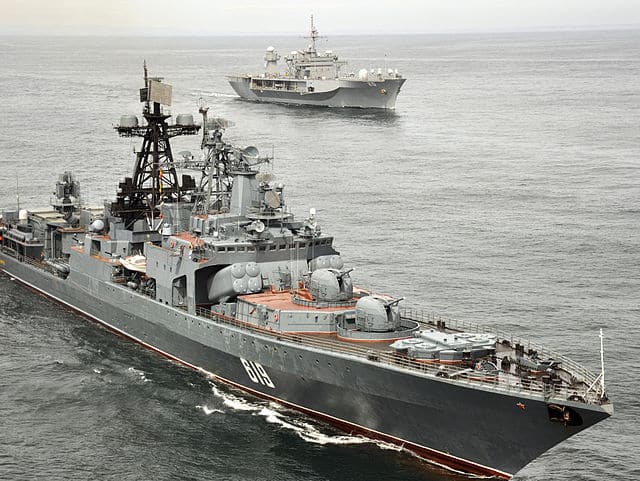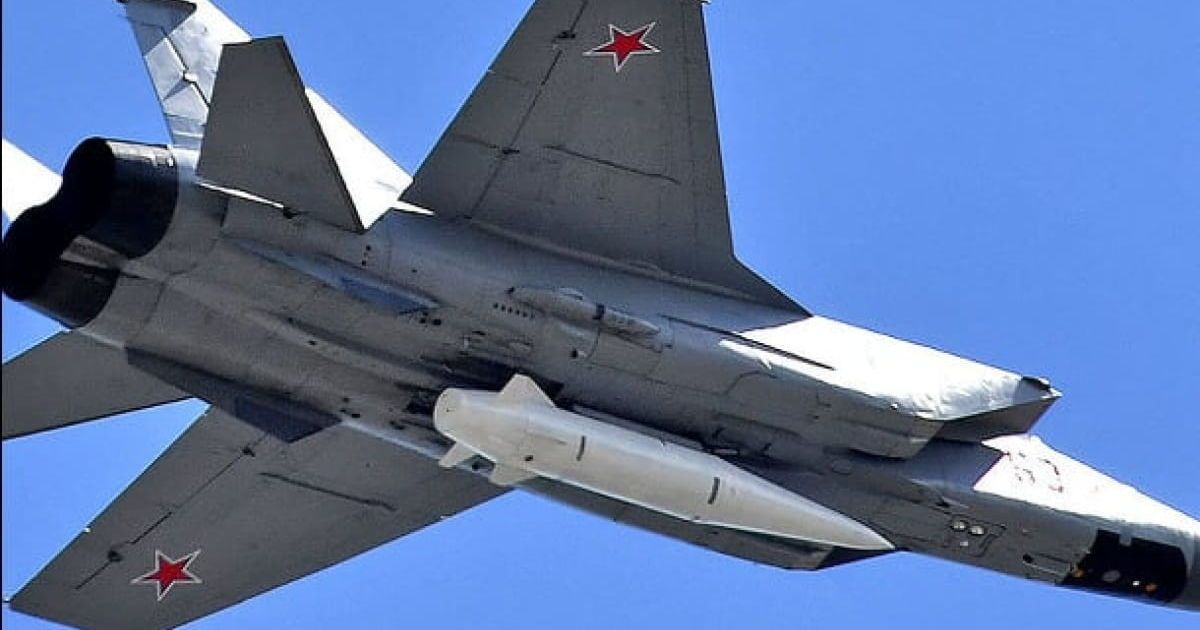Table of Contents
Yevhen Shybalov, rifleman, grenade launcher, and soldier of the 241st Territorial Defense Brigade of the Armed Forces of Ukraine. Formerly a professional journalist, and correspondent for ZN.ua in Donetsk.
“Traffic jams in the sky at the front are no worse than in Kyiv’s roads in the morning,” an experienced aerial reconnaissance specialist began the lecture for young cadets at the UAV operator school.
The significance of drones, also known as UAVs or copters, in the full-scale Russian-Ukrainian war, is hard to overestimate. This war is already unofficially called the “drone war.” And the arms race in the air is only gaining momentum.
The author of the article can’t consider himself too much of an expert on this matter. He is an infantryman who underwent additional training as an aerial reconnaissance specialist. This allowed him to experience both sides of the barricades.
He was one of those who pressed into the ground in the trench and prayed that the unpleasant buzzing of the enemy UAV’s motor wouldn’t be about him. And then he had a brief experience, though very limited, among those who closely monitored concealed positions and other signs of enemy presence on the screens.
All of this inevitably made him wonder: well, how are infantry supposed to fight in these new conditions now?
The proposed answers are below, as always, with an invitation for discussion rather than as indisputable truths.
From weddings to funerals: A historical overview of the issue
Before this war, Russian, Ukrainian, and NATO generals greatly underestimated the significance and capabilities of drones. In some cases, this attitude still persists. For example, Former Ukraine’s Minister of Defense, Oleksii Reznikov, continues to dismissively refer to “wedding drones” and claims they have no value after a year and a half of combat operations.
This is not the case.
In the past, drones in the military were considered exclusively as tools for targeting long-range precision weapons, such as various types of missiles, artillery, and so on. Therefore, they all looked like small planes or triangles (wing-type), flew far, and searched for valuable, important, and stationary targets. Military bases, headquarters, warehouses, vehicle parks, and so on.
But these “traditional” drones simply sprayed gas (or whatever they had) on regular infantry while flying over the front line into enemy territory. The reconnaissance range of such UAVs started at 20 kilometers behind the front line. The front and immediate rear were not of interest because it was believed that there was nothing worth using expensive, scarce missiles on.
Some of these drones can themselves strike the identified target, like the renowned Turkish Bayraktar drones. Such UAVs existed in the Ukrainian Armed Forces, in the Russian forces, and in NATO armies. They still exist today.
However, the widespread use of quadcopters, civilian toys essentially — radio-controlled helicopters with cameras, became a new development in military science.
The first known incident that sparked interest in aerial reconnaissance among the Ukrainian Armed Forces occurred during the battles for Kyiv. The first known operator of a “wedding drone” in the war was a civilian. A teenager. A brave boy in an occupied city launched his favorite toy from a balcony and informed Ukrainian military about the Russian tanks in his neighborhood.
Ukrainian military passed the coordinates to the artillery. The artillery reacted. It was loud, bright, and beautiful.
Several proactive officers (none of them were generals) assessed the effectiveness of a regular civilian copter and spread this practice within the Armed Forces units. Grateful Motherland traditionally rewarded them for their initiative with stern reprimands. However, the new trend could not be stopped.
However, there were no dedicated military quadcopters for close reconnaissance, neither then nor now. Again, in Ukrainian forces, in Russia, and in NATO. It saddened Ukrainian soldiers a bit, but it didn’t stop them.
Ukraine adopted civilian quadcopters for military purposes, primarily the cheapest Chinese Mavic drones and gradually taught these former civilian devices to work with tactical maps, drop anti-infantry and even anti-tank munitions on the enemy, evade radars, and operate in the presence of electronic warfare equipment.
Army pilots were taught to fly in conditions of electronic warfare (EW) by former paparazzi. After several scandalous reports captured by drones, VIPs began installing EW stations in their estates. In response, tabloid reporters developed their own techniques for obtaining clickbait photos. Nowadays, these acquired skills are actively used on the front lines. Therefore, the best and most effective pilots today are directors, cinema and TV operators, wedding photographers (except for those who have entered the Verkhovna Rada from the Servant of the People Party), and other representatives of the creative and visual industries.
Gradually, military pilots came to the conclusion that they could build drones themselves by ordering parts on AliExpress. It’s cheaper, after all. Of course, you can’t make a full-fledged reconnaissance drone this way, but a disposable kamikaze drone — that’s easy. A handful of parts for a few hundred dollars, a soldering iron, and a Soviet-era munition for payload, and you have a guided projectile capable of destroying targets worth tens of millions of dollars.
In Ukraine, all of this initially developed without significant government involvement, relying on the efforts of volunteers and enthusiasts. It’s no coincidence that one of the grievances against the Minister of Defense is the failure of the program to equip the Ukrainian army with drones. In my opinion, this is much more serious than summer jackets masquerading as winter wear or “eggs for 17 UAH” (0,46 dollars). Frankly speaking, the army can do without chicken eggs, but without drones.
Russians lagged behind in this field for a long time. Their generals, like everyone else, were sceptical of “wedding drones.” They had fewer opportunities for private initiative, and the state was not at all lenient toward it.
However, unfortunately, they too drew conclusions. Despite sanctions, Russians managed to purchase a batch of ten thousand Chinese Mavic drones with state funds as reconnaissance quadcopters and began mass training of pilots. They also succeeded in deploying the production of kamikaze drones. For example, the Russian Lancet became a very unpleasant new participant in the drone warfare in Ukraine.
Eyes in the sky, death from above
What does the situation look like today?
In artillery, no gun operates without drone guidance. Therefore, artillery strikes have become deadly accurate.
Kamikaze drones have proliferated so much, and they are so cheap that they are used not only to target infantry positions but even individual soldiers.
Thanks to drones, surveillance along the front lines is conducted 24/7. During a battle, a quadcopter hangs behind the last soldier of an assault group and provides a live feed to the command post directing the operation in real-time. The same goes for those defending against an attack — the drone’s stream is watched by command and sends orders to either retreat or request reinforcements.
Electronic warfare (EW) systems have been extensively modified to counter “wedding drones.” When a pilot is detected, they don’t hesitate to unleash a whole barrage of countermeasures. Both armies are urgently ordering engineers or assembling makeshift “trench EW” systems — mobile infantry anti-drone tools. However, all this doesn’t help much as drones in the sky continue to increase.
A small creature on the back of the head
How should infantry tactics change in these conditions? Here are a few tips.
Weather. Infantry soldiers spend a lot of time outdoors. Therefore, in the age of drone warfare, paying attention to weather forecasts becomes even more critical.
For instance, drone cameras struggle to capture contrasting light conditions. If it’s a bright sunny day, soldiers should stay in the shadows and avoid coming out into the open unless absolutely necessary.
Drones don’t fly in the rain. The worst weather for aerial reconnaissance is near-zero temperatures and high humidity. At higher altitudes, copter propellers freeze, causing them to crash.
Ideal conditions for observation are cloudy, dry, and moderately warm. Without glaring sunlight, drone cameras can peer into any shelter and closely examine what’s interesting inside.
Movement — it’s death. Ukrainian distinguished compatriot Mykola Amosov once claimed that movement is life. Times have changed. Nowadays, in warfare, unnecessary movement is death.
Movement is what a drone camera detects best. There have been cases where operators didn’t notice Russian soldiers in the frame until they started moving.
Ideally, upon hearing or spotting an enemy drone, one should freeze in cover. That’s what the author of the article did. Although he still doesn’t know how much it actually helped him survive.
In any case, on the frontline, wandering back and forth, making active gestures, or performing a hopak dance — these are all bad ideas. Minimize your movement.
Camouflage works. Here’s some good news. Modern camouflage provides quite decent concealment. The only thing to keep in mind is uniformity. Mixing Multicam pants with a pixelated jacket is not a good combination. Contrast in colors can attract the attention of an aerial scout.
Don’t look up! During the author’s first rotation in Donbas, when the convoy stopped on the road, officers would assign a few soldiers the task of watching the sky.
After several drone attacks in the border regions of Russia, Russian police officers are now compelled to do the same.
In reality, there’s no need to do this. For the simple reason that a drone operator may or may not see a soldier, depending on their luck.
However, a drone operator will definitely spot an upturned face. As one experienced pilot cynically put it, “I can recognize that piggy pink color from at least two kilometers away.”
Therefore, exposed body parts of a soldier on the frontline should not be visible. A balaclava under the helmet, closed tactical gloves, protective goggles — all of these should not be removed even in scorching heat.
Don’t litter! Not long ago, Ukrainians mocked an eco-activist who expressed her “ugh” about litter on soldiers’ positions. They said, “Is it so hard for you to sort out the trash or something?”
Unexpectedly, she turned out to be right. Although not exactly as she thought.
Trash gives away your position. In the practice of aerial reconnaissance, there was a case where a hidden enemy position in the forest was exposed by sunlight reflecting off a plastic water bottle. The pilot spotted it from a distance of five kilometers, to give you an idea.
A dog is a man’s best friend, but a soldier’s enemy. TikTok is filled with touching videos of soldiers caring for stray animals in the combat zone.
It’s very cute but also dangerous.
In supposedly deserted locations where domestic animals suddenly appear, aerial reconnaissance establishes constant surveillance. The logic is simple: since there are animals, there must be someone who feeds them. Therefore, they will start systematically searching for the feeder. Sooner or later, they will find them.
The road to nowhere. Military vehicles quickly leave visible tracks on off-road terrain. Of course, these tracks are then monitored from the air.
There’s only one solution — don’t be lazy. Study the local map and find multiple routes for necessary transports. Ideally, try not to repeat your path between two points at all.
“Why bother? We drove this road just fine yesterday and the day before,” a comrade might say, who doesn’t want to spend an extra hour because he would like to sleep a bit longer.
Maybe tomorrow you’ll drive just fine as well. But the day after tomorrow, the transport will undoubtedly be caught during the march. Because like patient and cunning spiders, the pilots will conduct reconnaissance until they precisely determine who’s driving here, where, from where, and why.
An experienced pilot who was the author’s instructor gave him a piece of excellent advice:
“If you’re not sure whether an enemy drone is hovering above you, assume that it is. Always feel like a little creature clinging to the back of your head with its tiny claws. This paranoia should always be with you.”
The next day, an author was performing training flights at the range. He experimented a bit. Finally, he found the right distance and altitude.
He looked into his own eyes through the camera of his drone… but he didn’t hear or see the drone itself.
Then he thought: I should buy some good food for that little creature clinging to the back of my head… Otherwise, God forbid, it might run away somewhere…
Originally posted by Yevhen Shybalov on Zn.ua. Translated and edited by the UaPosition – Ukrainian news and analytics website




